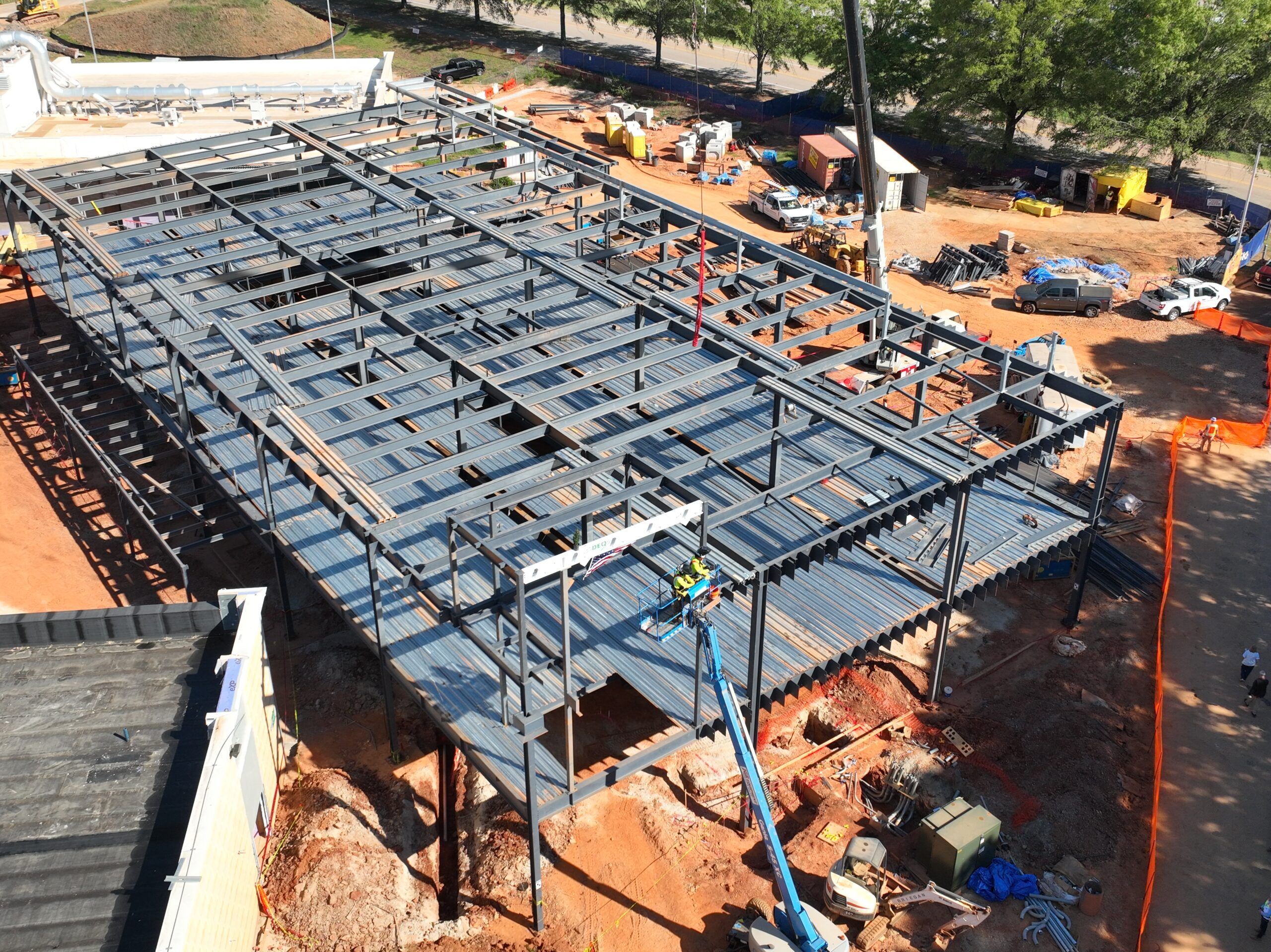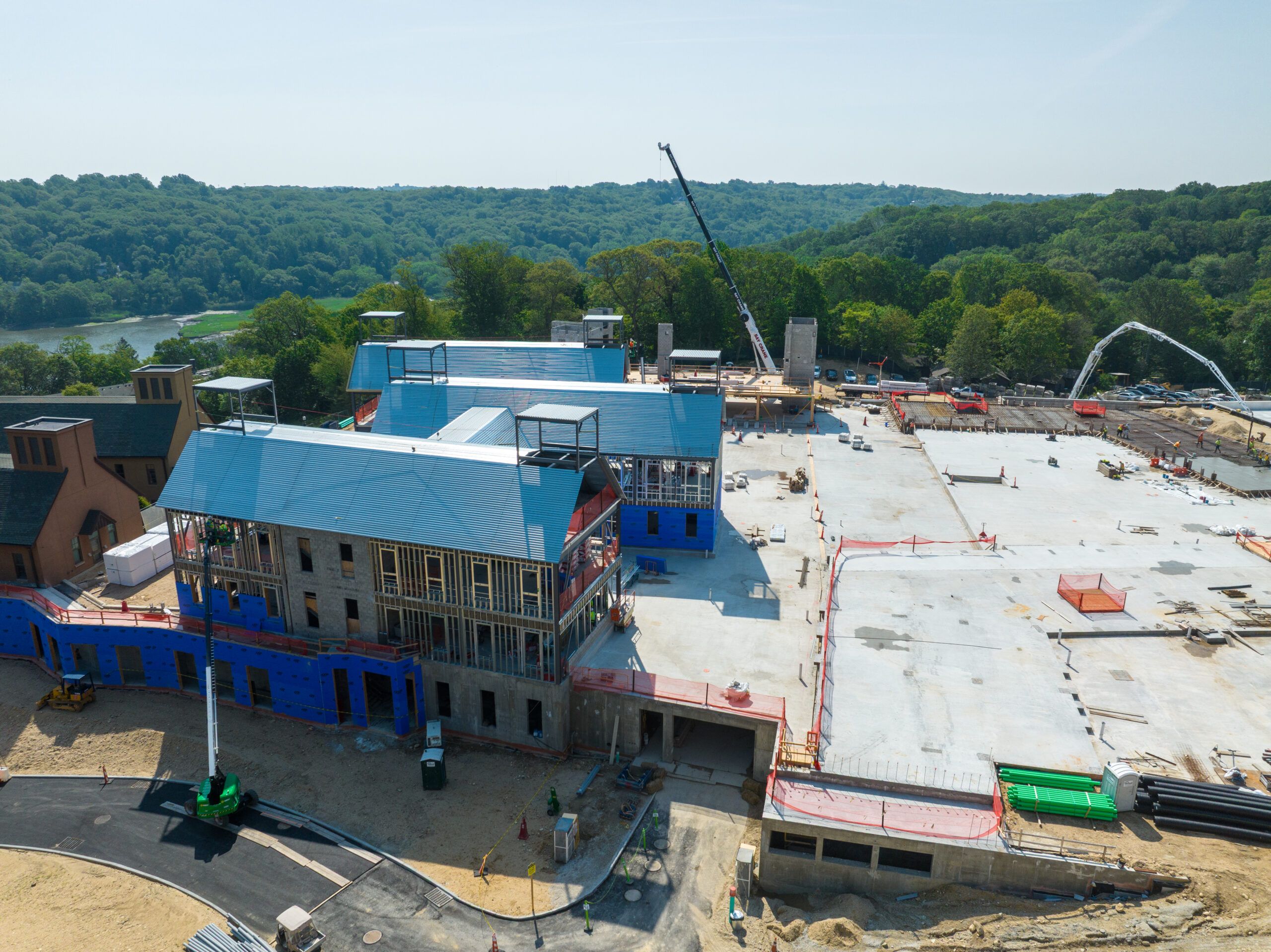Over the past 24 months, inflation has heavily impacted the construction industry. One contributing factor to the issue is that construction firms that locked in pricing through guaranteed maximum price contracts are now grappling with rising material costs. Having to pay out of their pocket, firms’ already thin profit margins are becoming strained. Even more, the industry is increasingly comprised of an aging workforce. Workers are nearing retirement, with reinforcements in skilled labor and experience being hard to find. Moving through 2023, the construction industry will likely continue to contend with rising material prices and an aging workforce, two components affected by inflation that will challenge the industry’s goal of meeting ever-increasing demand.
Supply costs
As discovered in the latest Associated Builders and Contractors Construction Confidence Index, only 31% of surveyed members expected their profit margins to increase. A major factor that affects contractors’ margins (particularly mid-size contractors) and complicates the bidding process is the increase in material costs. With no firm handle on future material costs, contractors may be blindsided by expensive projects.
On top of more expensive materials, inflationary costs also impact project timelines, with more projects being delayed due to supply chain issues. Additionally, labor shortages and shifts in wages are adding to further construction expenses.
Workforce demographics
Inflation isn’t just affecting current prices. With tight profit margins that allow for fewer mistakes, contractors are faced with a future lacking experienced and skilled workers. Observing some trends, one could briefly assume the construction industry is in a good place. Demand is high, and job opportunities are abundant, with an estimated 390,000 openings per month in 2022. Additionally, the industry’s unemployment is at its second lowest on record at 4.6%. Nevertheless, the construction industry’s workforce is an aging one. Currently, one in four construction workers is older than 55. Given that many tenured construction workers have refined their skills over time, this illustrates the importance of this demographic in ensuring each project is executed efficiently.
The problem emerges when trying to replace these tenured workers with younger and less experienced talent, a process that is moving too slowly to keep up with the increase in construction projects. Entry-level positions have accounted for nearly four out of every 10 new construction workers since 2012, while the number of skilled workers has grown much slower. With more projects in demand, contractors have little time to let these new workers navigate their growing pains. Any mistakes made during a project could prove catastrophic to the business’ strained margins.
As business leaders in the construction industry today manage the unique risks facing their bottom line and their workforce, it’s more important than ever that they’re prepared for what’s around the corner. Marsh McLennan Agency’s Business Insurance Trends report identifies the top five risks small- and mid-size businesses face today, the potential business impact of not heeding these risks and recommendations for leaders in the construction industry to minimize these risks. Learn more and download the report here.
Hunter Bendall, Jr, Senior Vice President of Surety and National Construction Practice Leader at Marsh McLennan Agency











